Back to blog
How to Create a Website from Scratch in 7 Steps [2025 Guide]
Discover how to create a website from scratch with easy steps, tools, and tips to build, design, and launch your site without technical skills.

May 9 2025
![How to Create a Website from Scratch in 7 Steps [2025 Guide]](https://codesi.ai/admin/static/Cover_854b0711a1.webp)
Building a website from scratch might sound like a big job, but it’s totally doable, even if you’re not a developer. Whether you’re launching a personal blog, a portfolio, or a small business site, the key is knowing the steps and having the right tools. This is why today, we are talking about how to create a website from scratch in 7 steps that are simple and easy to follow.
Step 1: Define Your Website’s Purpose
Before you get into platforms or design, figure out why you’re building the site in the first place. The purpose will guide how everything else comes together.
Common types of websites include:
- Business site - Shares basic info about your company, like what you offer, how to contact you, and where to find you.
- Freelance portfolio - Highlights your work so potential clients can see what you do and decide if you’re a good fit.
- Blog - This is the place to publish regular content, whether it’s personal, professional, or somewhere in between.
- Online store - It lets visitors browse products and buy directly from your site.
- Personal site - Focuses on you (your background, interests, and anything else you want to put out there)
Knowing the main goal makes it easier to figure out what content you’ll need and how the site should be structured.
Step 2: Choose the Right Website Builder or Platform
Once you know the purpose of your website, the next step is picking the right tool to build it. There are a few main ways to go about it, each with its pros and tradeoffs:
1. Custom-coded website
This gives you full control over every part of your site, from layout to features to performance. It’s ideal for complex or highly unique websites.
However, it also requires strong coding skills (or hiring a developer) and takes the most time and money to build and maintain.
2. Traditional website builder
On the other hand, there are a couple of tools that let you build a site without needing to code:
- WordPress - Very flexible and supports plugins for almost anything, but it can be overwhelming for beginners.
- Wix - Simpler, with drag-and-drop tools, but has limitations if you want full customization.
- Shopify - Built for online stores. It is great for e-commerce, but not ideal for other types of sites.
3. AI-powered website builder
This is certainly the best option for beginners. Newer platforms use artificial intelligence to generate a complete website for you. You just enter a few details - like your business type and goals - and it builds the layout, design, and content automatically. One of the most well-known is Sitekick AI, but there are better alternatives. This is the fastest and most hands-off option, best if you want a clean, working site without spending hours tweaking everything.
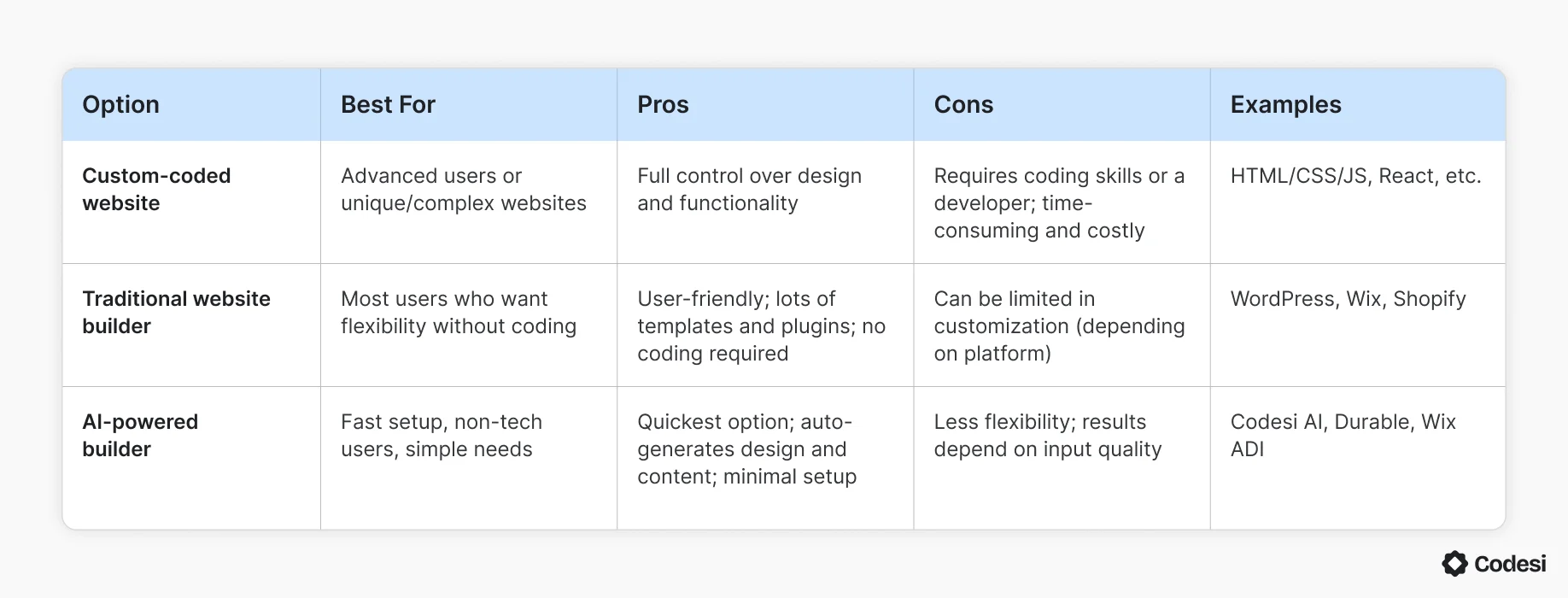
Each option has a place. If you want full control and don’t mind the work, go custom or use a traditional builder. If speed and simplicity matter more, AI tools are a smart shortcut.
Step 3: Select a Domain Name & Hosting
A good domain name makes your site easier to find, remember, and share. Keep these principles in mind when choosing one:
- Short and simple - Easy to type and hard to mess up.
- Brand-relevant - Matches your business, project, or personal name.
- No special characters - Avoid hyphens, numbers, or anything confusing.
- Stick to common extensions - .com is still the most widely recognized and trusted.
- Passes the “say it out loud” test - If someone hears it, they should know how to spell it.
Once you’ve got your domain picked, you’ll need web hosting - this is the service that stores your website’s files and makes them accessible on the internet.
Here are some popular domain and hosting solutions to ease your troubles:

Step 4: Design & Structure Your Website
Now that you have your domain and platform, the next step in creating your website from scratch is design. You see, a well-structured website is visually appealing, easy to navigate, and goes with your brand identity. The design plays quite a big role in how visitors perceive you. If it looks outdated, cluttered, or unprofessional, people are more likely to leave, so let’s make sure that doesn’t happen.
When creating your website design from scratch, you should keep in mind some basic things:
- Keep it Clean: Imagine walking into a messy room – overwhelming, right? That's how a cluttered website feels. Simple is your friend. Think clear pathways for visitors, not a maze. And navigation? Make it obvious! "Home," "About," "Contact" - like street signs, easy to follow.
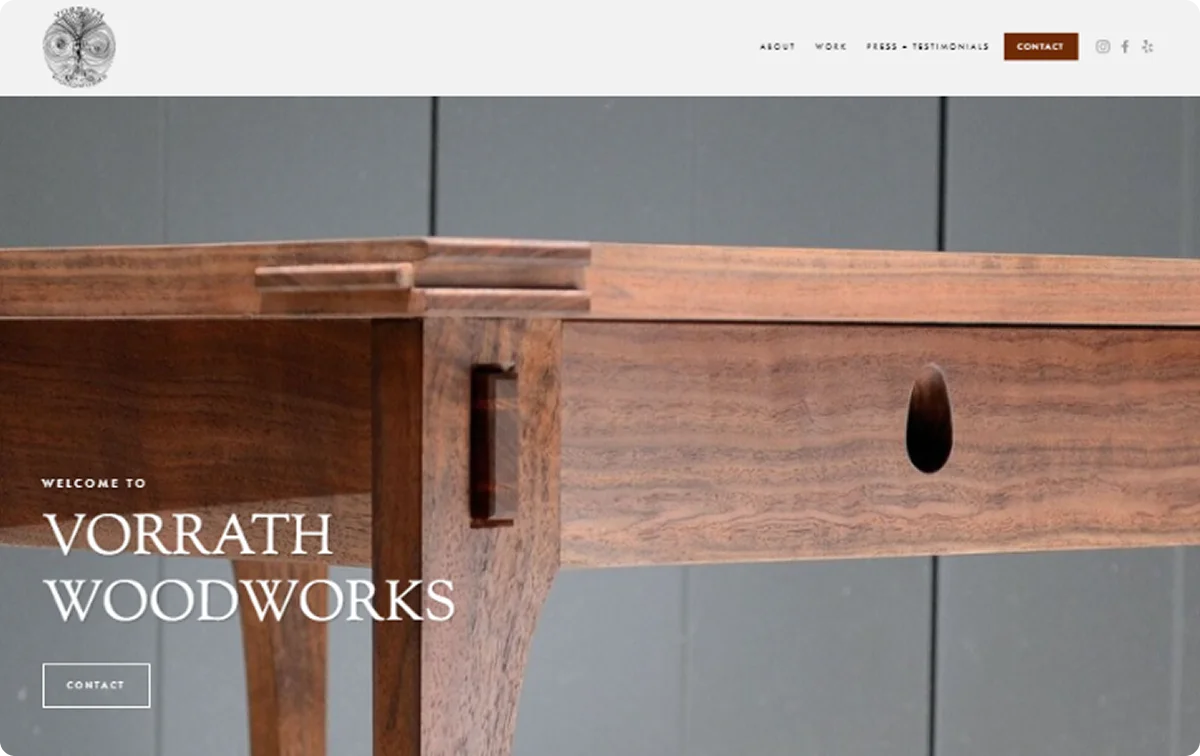
- Mobile Devices Rule: Most people are scrolling on their phones. If your site looks wonky, they're gone.
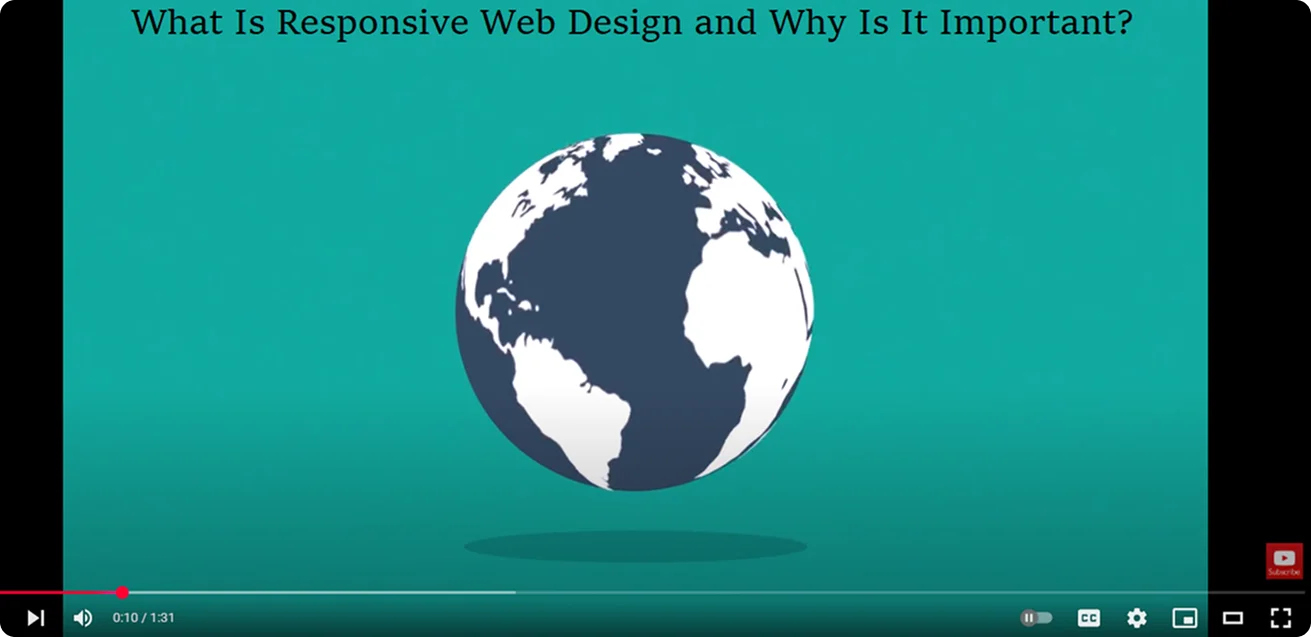
- Your Website's Vibe: Think of your website's colors like your outfit. You want them to match, right? Choose a palette that fits your brand. And let’s not forget the importance of your font: Keep it simple and readable. No fancy calligraphy that makes people squint. Professional and approachable - this is what you should be looking to get.
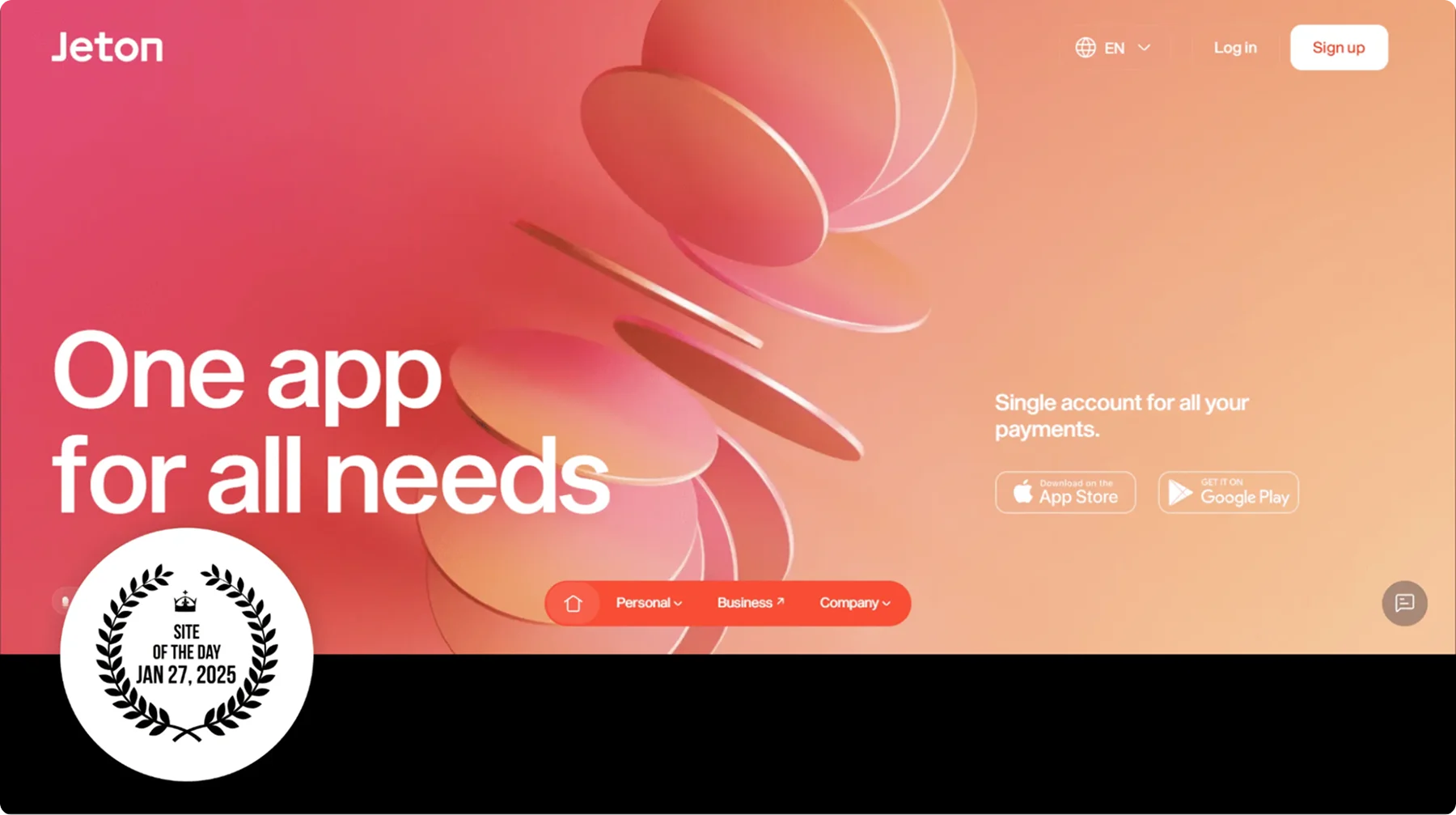
Step 5: Add Essential Content
A website without content is like an empty storefront - people might stop by, but they won’t stay. The content you add to your site is what informs, engages, and converts visitors into customers, followers, or clients. Start with the essentials:
1. Homepage: This is the first thing people see, so it needs to be clear and compelling. Within a few seconds, visitors should understand who you are, what you do, and why they should care. A strong headline, a brief value proposition, and an eye-catching image or video can make a huge difference.
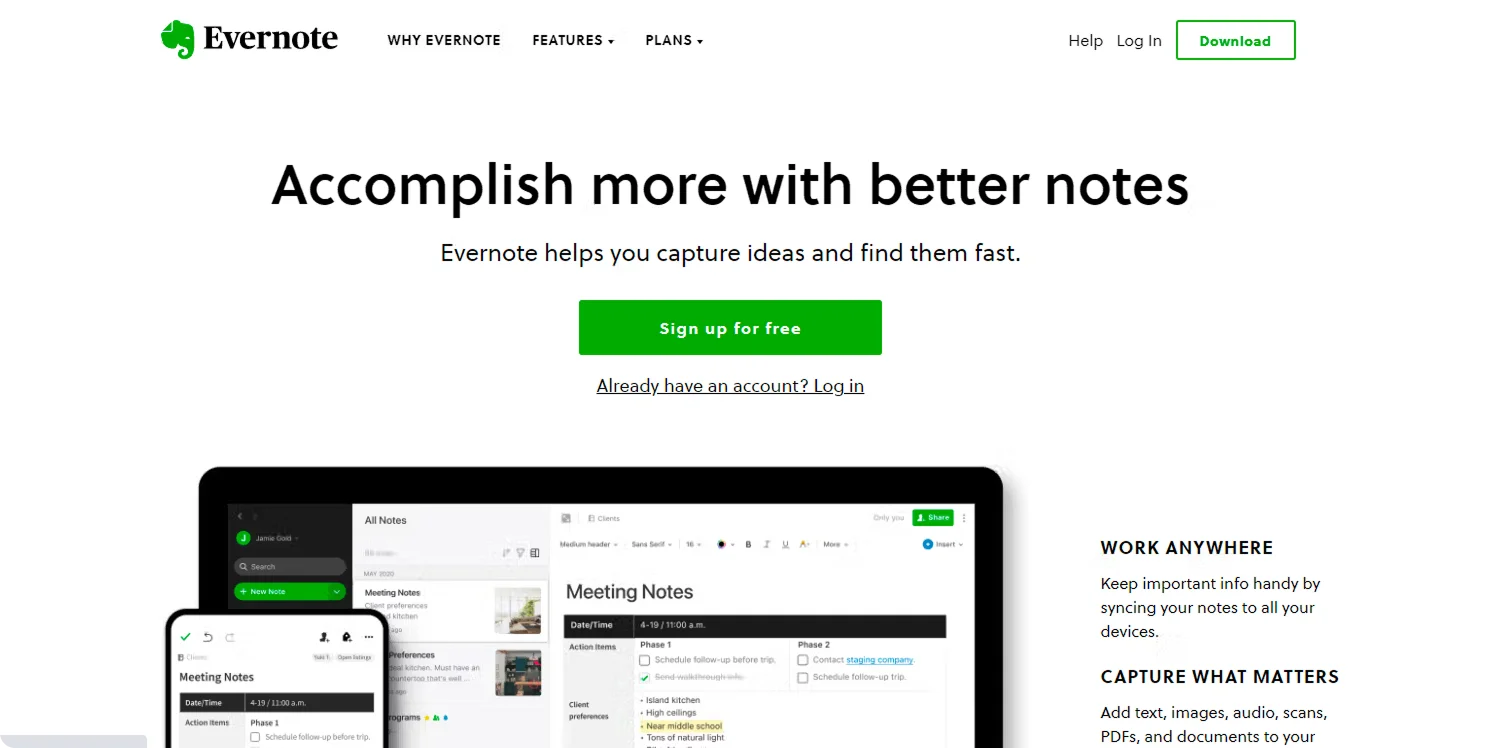
2. About Page: This is where you share your story. Whether you’re a business, freelancer, or blogger, people like to know who they’re dealing with. Keep it personal and authentic. If you’re a business, highlight your mission and values. If you’re a professional, share your journey and expertise.
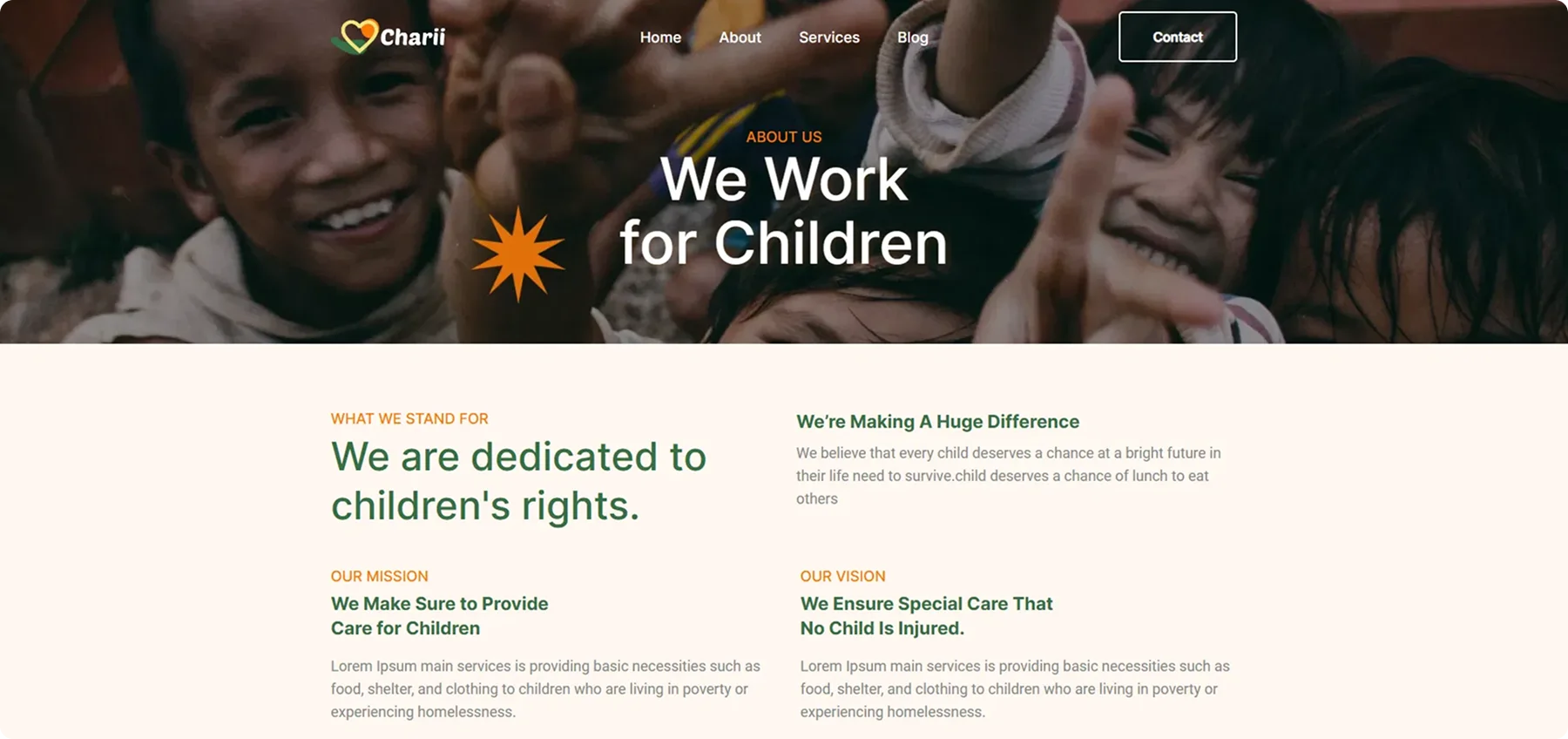
3. Contact Page: No matter what kind of website you have, people need a way to reach you. Include a contact form, an email address, and links to social media. If you run a local business, adding a Google Maps embed can be helpful.
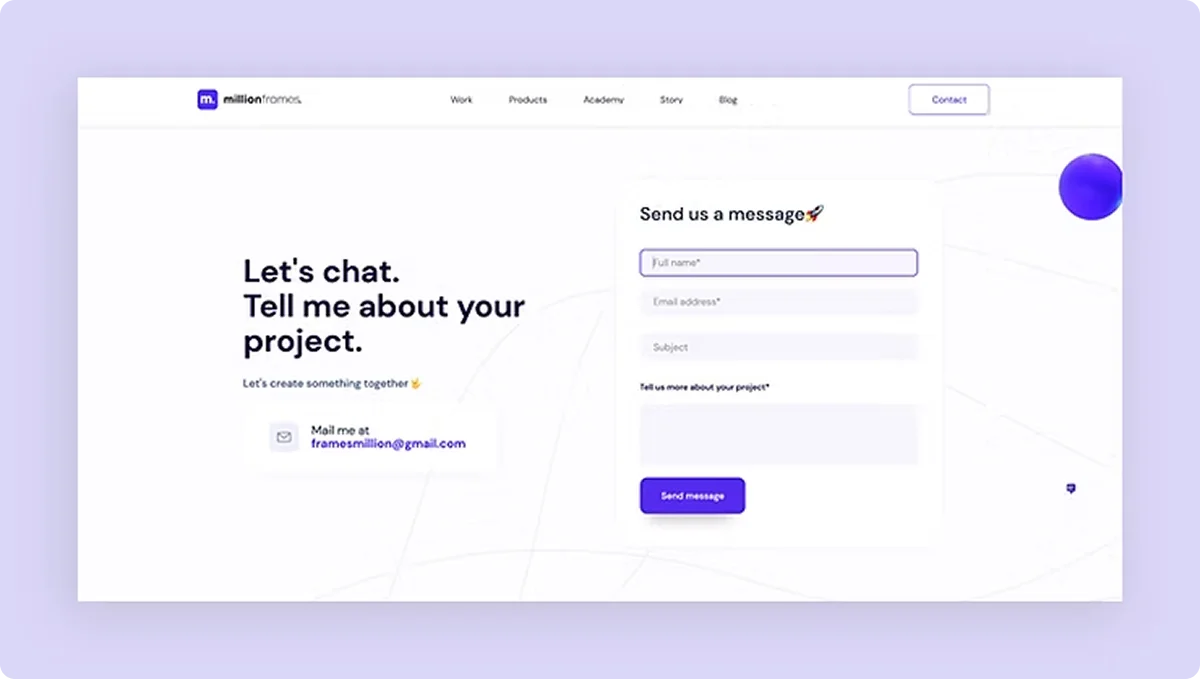
4. Services or Product Pages: If you’re selling something, make sure each product or service has its own page with a clear description, high-quality images, and a call to action.

5. Blog or Resources Section: If content marketing is part of your strategy, a blog can help attract visitors through SEO while establishing you as an authority in your field.
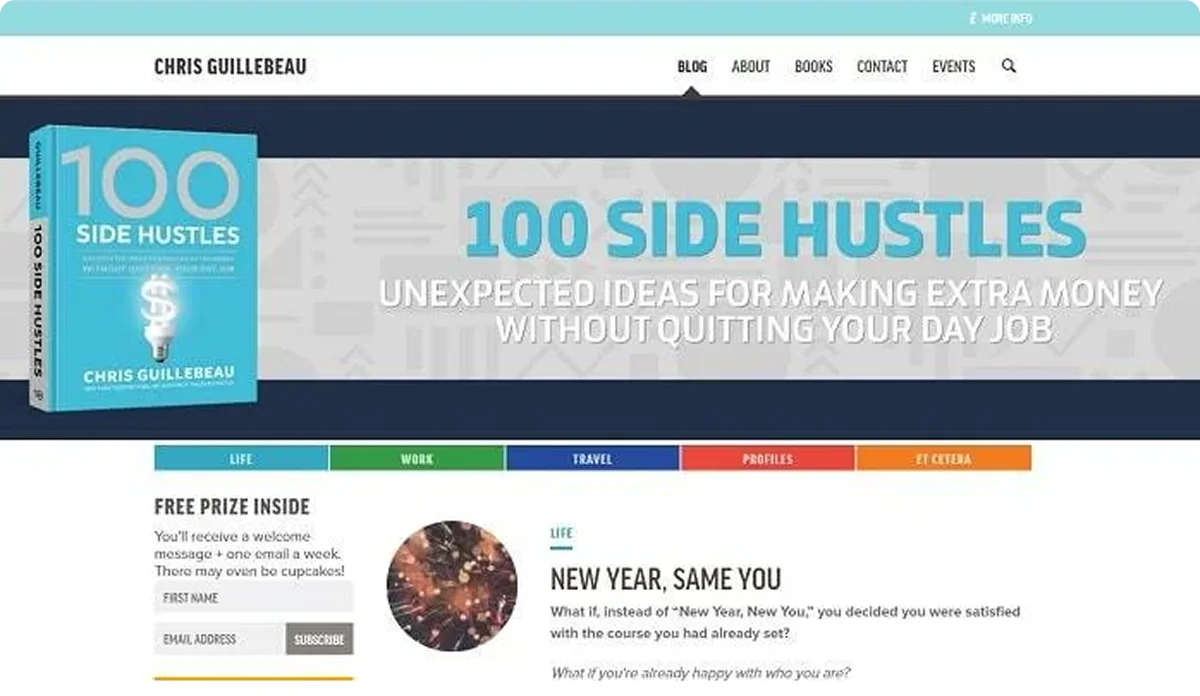
Step 6: Optimize for SEO & Mobile Responsiveness
If no one can find your website, it won’t do much good. This is where Search Engine Optimization (SEO) comes in. SEO is how search engines like Google decide which websites to show in search results. A well-optimized site ranks higher, which automatically translates to more visitors.
Here are the basics:
- Use Relevant Keywords: Think about what people might search for when looking for your product or service. For example, if you own a bakery in Chicago, “best bakery in Chicago” or “fresh pastries near me” might be good keywords.
- Optimize Page Titles & Descriptions: Each page should have a clear title and a short description that includes important keywords. These appear in search results and can influence whether people click on your site.
- Use Clean URLs: Instead of a long, complicated URL like “www.yoursite.com/page123xyz,” use something simple like “www.yoursite.com/best-cupcakes”
- Fast Loading Speed: Google favors fast websites, and so do visitors. If your site takes more than a few seconds to load, people are likely to leave.
- Mobile Optimization: As we have previously explained, more than half of all web traffic comes from mobile devices, so your site must work perfectly on phones and tablets, as well as desktop and laptop computers.
Step 7: Publish & Maintain Your Website
Going live is the moment everything comes together - but the experience varies depending on the platform you’re using.
What Launching Looks Like?
With traditional builders (WordPress, Wix, Shopify):
- You’ll need to connect your custom domain manually.
- Hosting setup usually involves tweaking DNS settings, enabling SSL, and fixing any errors.
- Expect a few technical steps before your site is fully live.
With AI-powered builders:
- Your site is live immediately on a free subdomain - no setup required.
- Connecting a custom domain is often a one-click process.
- You skip the technical stuff and get an instant online presence.
What Does Maintaining a Website Involve?
Yet, uploading your website once is not enough, you also have to update it regularly.. Here’s what ongoing maintenance typically looks like:
- Content updates - Add new blog posts, update pricing, and contact info - keep things fresh.
- Design changes - Tweak layout, colors, or images as your brand evolves.
- Security and software updates - This is especially important on platforms like WordPress, where outdated plugins can pose risks.
- Performance checks - Ensure your site loads quickly and works well on all devices.
- Backups and bug fixes - Regular backups prevent data loss; quick fixes keep things running smoothly.
And here’s a platform maintenance comparison table to make things even easier:

Final Thoughts
Hopefully, now you know how to create a website from scratch in 7 steps - and if you ever need a reminder, here’s a summary of everything we have worked through:
- Define Your Purpose - Knowing exactly what you want your website to accomplish guides every decision that follows.
- Choose the Right Platform - Whether you opt for custom coding, traditional builders like WordPress or Wix, or AI-powered solutions, select the platform that matches your skills and needs.
- Secure Your Domain & Hosting - A memorable domain name and reliable hosting create the foundation for your site.
- Design with Intention - Create a clean, mobile-friendly layout that reflects your brand and guides visitors intuitively.
- Add Essential Content - Develop compelling, informative pages that engage visitors and clearly communicate your value.
- Optimize for Visibility - Implement basic SEO practices to ensure people can find your site through search engines.
- Launch & Maintain - Publishing is just the beginning: regular updates and maintenance keep your site relevant and secure.
For beginners or those looking to save time without sacrificing quality, AI-powered website builders offer a particularly attractive solution, which brings us to Codesi AI.
Why Choose Codesi AI When Building Your Website from Scratch?

Starting a website from zero can feel overwhelming, especially if you're not a designer, developer, or content strategist. That’s exactly where Codesi AI comes in. It's not just another website builder; it’s a smart, intuitive tool that gets you from idea to launch in minutes, without sacrificing quality or creativity.
Here’s why Codesi AI stands out:
- No Code, No Problem - You don’t need to touch a single line of code. Just enter your business or project details, and Codesi will generate a ready-to-go site that looks professionally designed.
- Tailored Content & Layout - Unlike cookie-cutter templates, Codesi AI creates a layout and copy that actually match your brand, industry, and tone. Whether you’re launching a nonprofit, online store, or portfolio, it adapts to your needs.
- SEO & Mobile Ready, Instantly - Every page Codesi builds is optimized for search engines and mobile devices right out of the gate. That means better visibility, faster load times, and a seamless experience for all visitors.
- Publish in One Click - Once your site looks right, hit publish. No fiddling with DNS settings or complicated hosting dashboards. You can launch to a custom domain or a free subdomain immediately.
- Real-Time Editing - Want to change your copy, swap a photo, or add a section? Codesi’s editor is easy to use, making updates painless even for beginners.
Ready to launch your website? Try Codesi AI for free today and get your website live in minutes!
Create your website with AI today
Codesi is a platform where you can make a website in 3 minutes.
No coding, no designers, no hassle - just AI.
